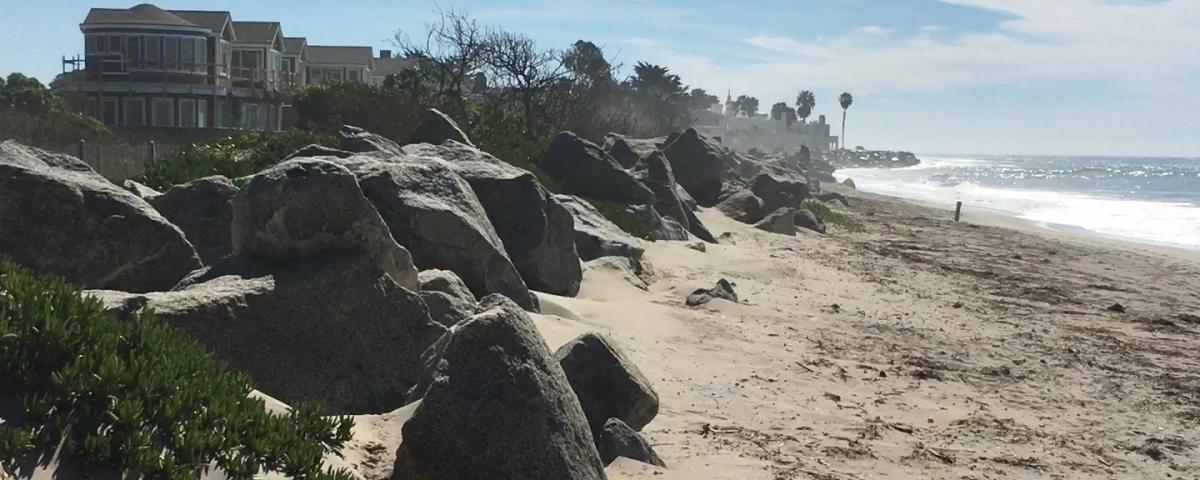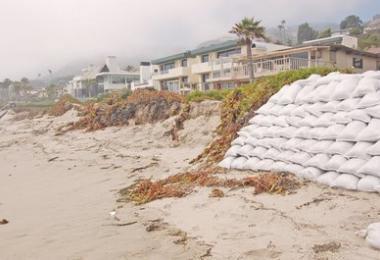5 Easy Facts About Shore Protect Team Described
Shore Protect Team - Truths
Table of ContentsSome Known Details About Shore Protect Team Facts About Shore Protect Team UncoveredLittle Known Questions About Shore Protect Team.The Definitive Guide for Shore Protect TeamAn Unbiased View of Shore Protect TeamSome Known Questions About Shore Protect Team.The smart Trick of Shore Protect Team That Nobody is Talking About
Reduction in home value: As the area tourism is influenced by erosion, so after that is the economic situation. Buyers are less likely to look for a beach home that can be damaged anytime by the upcoming flooding and erosion emergency. Consequently, building worth can go down greatly and impact the entire area.Whether a beach is just tiny and crowded or needs to shut completely for the safety and security of the environment and close-by homes, this substantially influences tourism. In turn, neighborhood economic situations are impacted (https://www.designspiration.com/shoreprotectteam/). Threat of injury: The raised risk of flooding and architectural failures causes a boosted danger of injury to neighboring tourists and community participants

is home to greater than 84,240 miles of coast with 41% of it subjected to the open ocean. Coastal designers are in cost of shielding the shore against changes by reducing the detrimental influences of both all-natural and manufactured incidents. Shoreline stablizing is straight pertaining to their work. Waterside hotels: Since coastline erosion effects tourism, it affects the success of waterside resorts.
10 Easy Facts About Shore Protect Team Explained
Coastal industrial services: No travelers means no service. Coastal state parks: State parks that exist along coastlines are at threat of damage.
Soft stablizing is a better remedy for the setting and even more lasting overall. Tough stablizing makes use of manufactured structures as security to control erosion. Generally, these structures are mounted at appropriate angles or parallel to quit sand movement and lessen the pressure of waves. Most types of tough stabilization like seawalls and sheet metal are not excellent for coastline stabilization.
Shore Protect Team Can Be Fun For Anyone
There's likewise inadequate proof of their effectiveness relying on the kind of coastline and local problems. Hard stabilization strategies have a tendency to be a lot more hard to install and do not match the natural aesthetic, sticking out like a sore thumb and damaging local communities in numerous situations. Coastline nourishment is the procedure of including shed sand and debris back to coastlines after disintegration has actually occurred.
TrapBags aid in the process of coastline nourishment by shielding natural ecological communities and permitting plants to expand. While this procedure can be pricey and is not irreversible, the pros often tend to surpass the cons. TrapBag obstacles deal lots of homes that make them excellent for coastal and riverbank disintegration security. They're: Eco-friendly: You can make use of indigenous dirt both to surround and to fill up the TrapBags.

Shore Protect Team Things To Know Before You Get This
Easy to set up: Ease of setup implies TrapBags can be released rapidly in case of an emergency situation. They can also be installed with no hefty equipment. Budget friendly: TrapBags are excellent for both tiny and huge areas of coastline. They offer a budget-friendly remedy to cover tasks of any type of dimension.
Integrated with a high construction expense, this has actually brought about enhancing usage of other soft design coastal administration alternatives such as coastline replenishment. Seawalls are built from numerous materials, many frequently strengthened concrete, stones, steel, or gabions. Various other possible construction materials consist of vinyl, wood, aluminum, fiberglass composite, and biodegradable sandbags constructed from hemp and coir. The ideal seawall layout depends on location-specific elements, consisting of surrounding disintegration processes. There are 3 main sorts of seawalls: upright, curved, tipped, and mounds (see table below). A report released by the United Nations Atmosphere Program (UNEP) suggests that the tidal wave of 26 December 2004 caused less damages in the areas where all-natural obstacles existed, such as mangroves, reef or seaside plants.
Natural obstacles, such as coral reefs and mangrove forests, stop the spread of tidal waves and the flow of coastal waters and reduced the flood and rise of water. A cost-benefit technique is an effective means to identify whether a seawall is appropriate and whether the benefits deserve the expenditure.
Shore Protect Team Fundamentals Explained
A seawall is a fixed function which can contravene the dynamic nature of the coast and impede the exchange of sediment in between land and sea. The table below summarizes some favorable and negative impacts of seawalls which can be made use of when contrasting their effectiveness with various other coastal administration choices, such as beach nourishment. [] Advantages and drawbacks of seawalls according to Short (1999) Benefits Negative aspects Long term service in comparison to soft beach nourishment.

This can create beaches to dissipate, providing them pointless for coastline goers. Usually, seawalls can be an effective way to manage coastal erosion, yet only if they are constructed well and out of materials that can withstand the force of continuous wave power. Some understanding is required of the seaside procedures and morphodynamics specific to the seawall place.
Getting My Shore Protect Team To Work
The suitable seawall design counts on location-specific aspects, consisting of bordering disintegration processes. There are 3 primary kinds of seawalls: vertical, bent, stepped, and mounds (see table listed below). A report released by the United Nations Environment Programme (UNEP) recommends that the tsunami of 26 December 2004 caused much less damages in the locations where natural barriers existed, such as mangroves, reef or seaside plant life.
Natural barriers, such as reef and mangrove forests, protect against the spread of tidal waves and the flow of seaside waters and reduced the flood and rise of water. A cost-benefit approach is an effective method to establish whether a seawall is suitable and whether the advantages deserve the cost.
Unknown Facts About Shore Protect Team
A seawall is a fixed attribute which can conflict with the vibrant nature of the shore and restrain the exchange of sediment between land and sea. Benefits and downsides of seawalls according to Short (1999) Advantages Negative aspects Lengthy term solution in comparison to soft beach nutrition.

This can cause beaches to dissipate, providing them useless for coastline goers. Normally, seawalls can be an effective way to control seaside disintegration, yet only if they are built well and out of materials that can hold up against the pressure of ongoing wave energy.